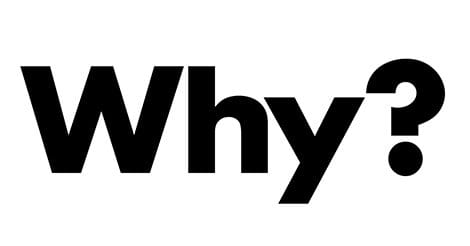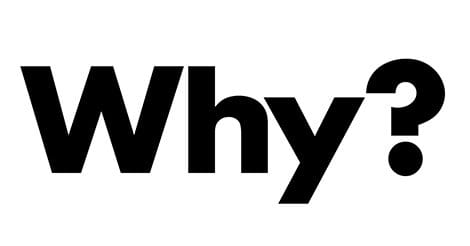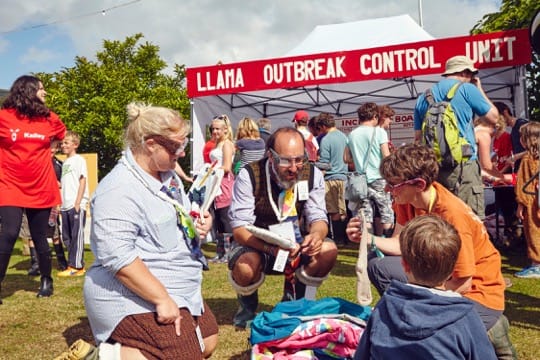Public engagement: the tricky stuff
When I started interviewing public engagement practitioners, I knew it would be interesting. What I - perhaps naively - hadn’t anticipated was the often difficult ethical questions that this work raises. So this is Awkward Corner...

When I started interviewing public engagement practitioners, I knew it would be interesting. What I - perhaps naively - hadn’t anticipated was the often difficult ethical questions that this work raises. So this is Awkward Corner, the place where I’m acknowledging the tensions in this area of work, the bits that don’t fit in a friendly overview or snappy top tips. So here we go.
I speak to Lucy Yates, Public Engagement Lead for the Sustainable and Healthy Interventions for Food (SHIFT) project at the University of Oxford, on the Monday after a weekend when 110,000 people attended a far-right protest in London. When I ask her what she thinks the public engagement landscape will look like in ten years’ time, she pauses then reels off a list of worrying recent developments in the material circumstances of people’s lives, global politics, our information infrastructures and the political and economic systems that underpin it all. She concludes, “Basically I'm wary of any sort of forecasting especially at a time like this. The landscape is so unbelievably choppy.” And I completely understand her position, because if one of the aims of public engagement is for research to exist in dialogue with wider society, we can’t ignore this context.
And if we do, we risk doing further harm. When I speak to Will Hunter, Creative Producer and PhD student at the University of Bristol, we talk about research developed for one use being repurposed for something else. To illustrate, he uses the example of computer science research focused on improving processing and connectivity with the aim of making images less pixelated. So far so innocuous. I’m totally behind improving the experience of people accessing digital entertainment or gaming. I can even imagine FF being brought in to write a public engagement game to test and get feedback on the outputs.
But what happens when that same technology is sold to arms companies providing weapons to a country currently perpetrating genocide on a neighbouring state? What exactly have we engaged the public with? And as artists brought in to work on these projects, can we ever have sufficient overview of the research to guess its potential applications?
Perhaps in those early meetings where we’re figuring out whether to work with each other, we need to start asking the question, ‘What is the most destructive and harmful application of this research?’ Because it seems that those questions aren’t always asked within the research organisation - there isn’t always a critical awareness of context. Will describes a meeting with researchers talking about a new computing innovation with wide-reaching implications: “It just occurred to me that they'd never just stopped to be like, ‘Yeah, why are we actually producing this stuff?’”

The creation of knowledge and the way it is used are never neutral - because it always takes place within a context, even if that context isn’t acknowledged. And the best public engagement people are operating with a highly charged awareness of context. Everyone I spoke to was aware of the disparities in power between university ‘behemoths’ and the people outside them. The people outside them include any artists they might work with. Like us. Everyone jokes about how long it takes to get paid by a university but FF did one project where we worked for 6 months before we even had a contract from the university. We were £50K of spends (and many sleepless nights) into the project before we got paid a penny. (And that wasn’t even as bad as that project got.) The disparity of power between universities and the people outside them isn’t a theoretical question if you work in public engagement.
The good people are constantly thinking about this unequal distribution of power, and how they can mitigate it. Everyone I interviewed spoke to the need to build trust - and the ways public engagement activities can do this. Heather Doran’s work with the Leverhulme Research Centre for Forensic Science (LRCFS) brings together the enormous range of stakeholders involved in criminal justice procedures and forensic science - from the police, to the judiciary, to people currently in prison. In preparing for any activity, she thinks carefully about how the set-up will affect how participants engage. “I always think the room and the space that you meet in and where you do something is incredibly important. A university can be a place of neutral territory, but it could also be a place of power depending on what conversation you're having and who you're bringing together.” She describes how, when working with the police, LRCFS request no ties or uniforms be worn, because within that organisation (and outwardly) how you dress is a sign of status. If you’re trying to mitigate the inequalities which exist outside the room, those visual reminders aren't helpful. It’s never possible to insulate public engagement activities (or interactive artworks) from the structures and systems that govern the world outside. But in surfacing these tensions -and acknowledging the other thorny aspects of knowledge creation- perhaps we can start to negotiate them more mindfully.
So let’s talk about the fundamental criticisms of the whole idea of arts as public engagement. If part of the rationale of lots of public engagement projects is to open up the process of knowledge creation beyond the walls of universities, is art really the best way to do it? Various studies have shown that people with university degrees are well-represented among arts audiences. Sure, it might be a degree in history or english rather than the science which is the subject of the engagement activity, but it’s hard to argue that those people need universities and their outputs demystified. And yes, not all arts-science public engagement projects take place in dedicated arts buildings, many take place in community centres or cafes or cultural buildings. But I can’t help thinking of the many public engagement projects that I’ve done at one of my favourite places, Green Man festival, and wonder how many of the great interactions I’ve had were with someone who hadn’t gone to university, or accrued significant social and cultural capital in other ways. I don’t think this invalidates an arts-based approach to knowledge co-creation but I do think it demands a conversation about what arts we’re talking about, and perhaps a move away from more ‘traditional’ forms.

Something apparent from all my conversations was how deeply the public engagement professionals care about their work, and doing it in a meaningful, thoughtful and equitable way. Simon Watt, Public Engagement Manager at the UCL Hawkes Institute, describes his job as a "joyous obligation": making sure the public can see how their tax payer money is being used for knowledge creation, and involving them in it. But while there is joy, the role of a public engagement practitioner necessarily gives you a kind of in-between status, which can be emotionally draining. You’re not a researcher, you’re not the public and you’re not an artist (although in reality, many are). Will Hunter sees it as a state of liminality - there’s nowhere for you to retreat to in order to recharge. Researchers can return to the academy and artists to their spheres of art and culture. Public engagement practitioners don’t belong anywhere. Will characterises this state of liminality as potentially productive, as you’re not bound to anyone’s rules, but conversely also frustrating because no one you deal with is playing by your rules - or necessarily shares your priorities. That can be exhausting.
I think of public engagement practitioners as ‘bridge people’, conduits between different knowledge systems and ways of being. They’re something between an interpreter, a negotiator and a spirit guide. That’s a rare breed. So let’s protect them at all costs.

